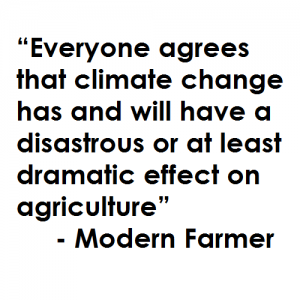Mark Isbell is a rice farmer in Arkansas. He is participating in a pilot project to generate carbon credits by modifying growing practices to reduce the generation of methane and save water.
These practices are being considered by the California Air Resources Board at their meeting on December 18. I asked Mark to tell me why he got involved in this pilot and what it means to growers in his region.
What things did you consider as a part of participating in the agricultural carbon market?
Zero Grade (fields precisely leveled to have no slope) and Alternate Wetting and Drying (AWD) are the primary practices we have implemented. These are the best candidates for creating carbon offsets while also increasing efficiencies in other areas. Careful nitrogen management is another practice. Extra nitrogen not only leads to unnecessary nitrous oxide emissions, but also provides no benefit to the crop. It can actually be detrimental. The key is finding just the right amount of nitrogen. We are open to trying other practices as we move forward, and have some new ideas in development that we believe may add another layer to this. Read More












